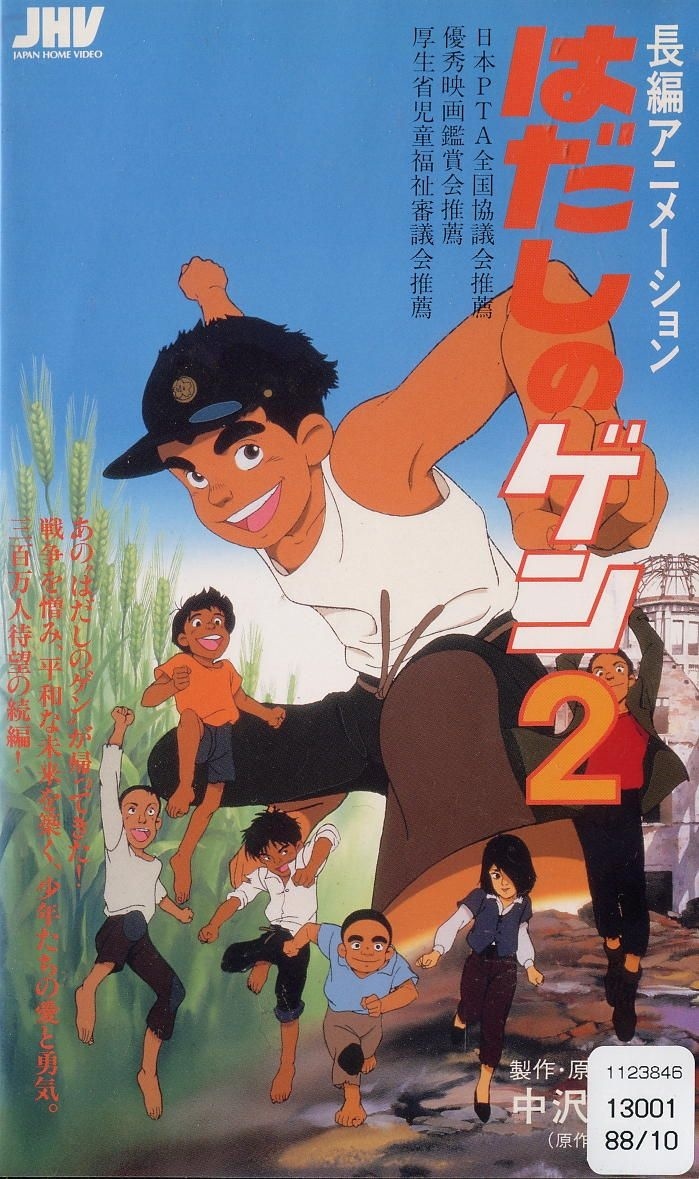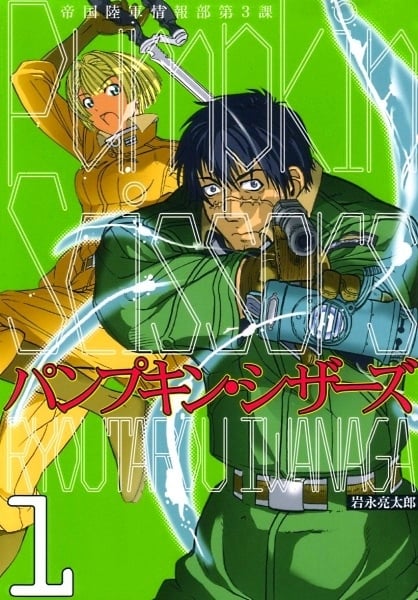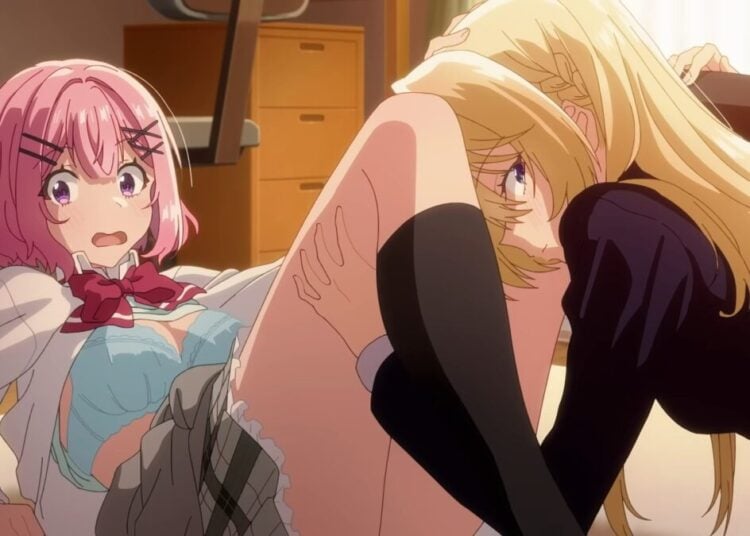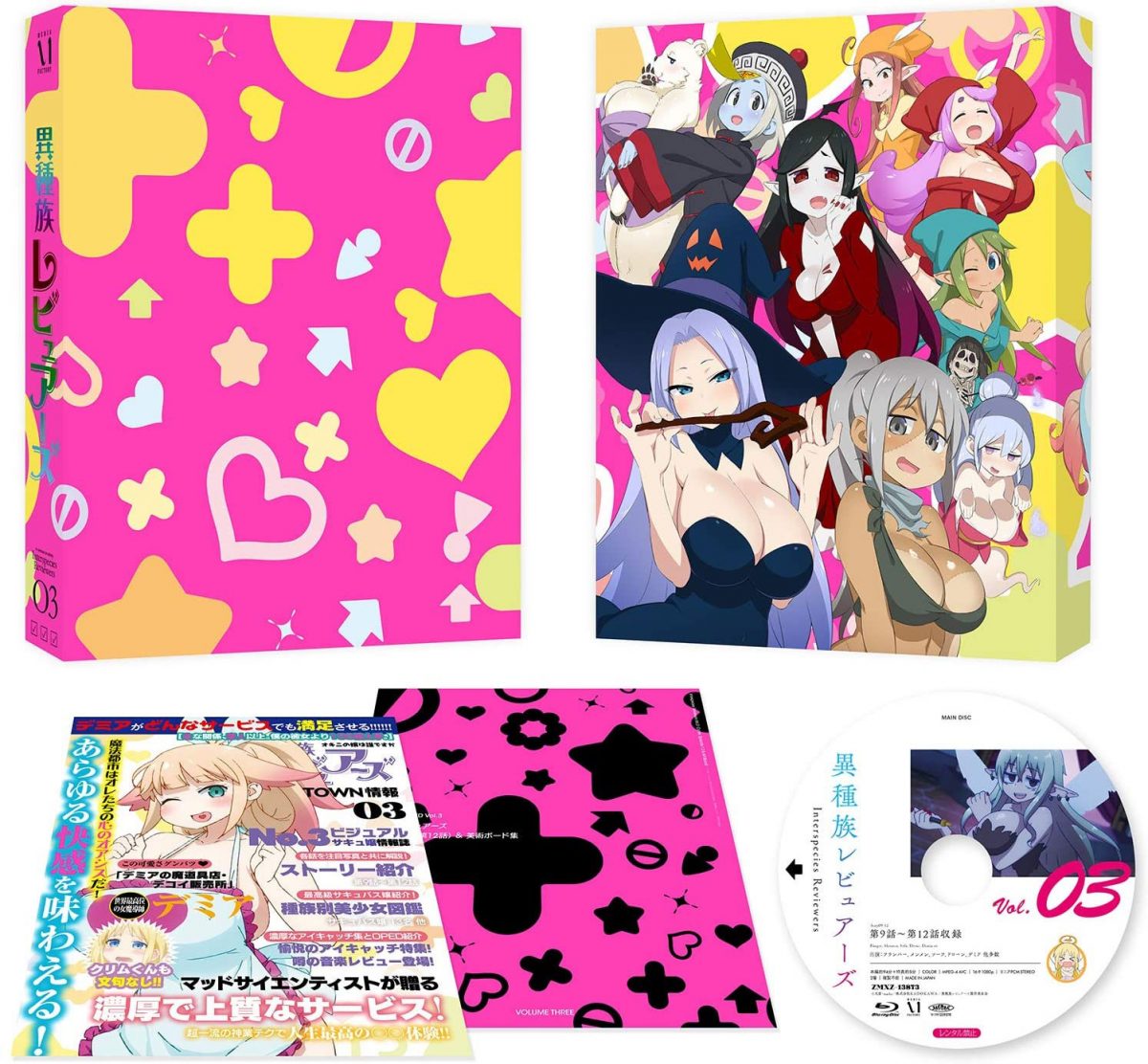Japan undoubtedly has more than its fair share of war stories, compared to other parts of the world. Whether it’s anti-war in theme or reveling in the action, you’re bound to find a lot of anime and manga focusing on conflict. Just as noticeable, however, are the myriad works set after the guns fall silent. More often than not, these also carry a weight that can be as intense as any violent, spectacle-laden battle sequence.
Blu-ray trailer for After War Gundam X. The long-running franchise’s also known to explore the aftermath of conflicts as well as the wars themselves. Circa 2018. (Source: YouTube)
This isn’t a piece about the horrors or glories of war. Nor is this a comprehensive list of works that happen to take place after the carnage, real or fictional, has ended. Rather, it’s a snapshot of a rather interesting, albeit loose subgenre that transcends demographic lines. We’ll also delve into how they convey the triumphs and tragedies of those who’ve survived. Although shaped to some degree by the Japanese postwar experience, there’s something universal about such themes that give these manga and anime a resonance across borders.
Hopefully, with this primer, you might gain a better appreciation of such works, they’re worth a shot.
The Later Volumes of Barefoot Gen (1973–87)

Keiji Nakazawa’s Barefoot Gen, based on his own background as a survivor of the Hiroshima atomic bombing, needs little introduction. Yet while its harrowing portrayal of the infamous attack that helped end the Second World War is well-known by this point, less mentioned is what happens in the remainder of the manga’s 10 volumes.
Rather than simply focusing on the pivotal event and the immediate fallout, the story follows the titular character’s life into the 1950s. Through his maturing eyes, you witness an unrelenting portrait of those times. It can make for some painful reading, whether it’s surviving amidst the ruins of Hiroshima, dealings with the Yakuza, or Gen’s teenage school years being a microcosm of the Cold War power-plays already sidelining the tragedy (complete with mentions of the Korean War). Granted, this also means that the mangaka’s political views take greater precedence (with divisive results), yet the fact that much of what’s shown was based on what he actually experienced lends these later arcs a certain rawness and authenticity.
Even with the discrimination and hardship, however, these volumes aren’t nihilistic. With all that the protagonist has to put up with, and in spite of the aforementioned struggles, you also catch a glimpse of a better Japan rising from the ashes of war. In the end, rather than giving in to despair or hatred, Gen aspires to succeed as an artist in Tokyo and pass on his experiences to the next generation. If anything, it’s ultimately a story of hope and triumph over adversity that’s no less poignant than its more notorious elements.
Pumpkin Scissors (2002–Present)

Written and drawn by Ryotaro Iwanaga, Pumpkin Scissors is a Shōnen war story that’s technically about preventing another one from happening. What’s rather interesting here, though, is how the manga (and the 2006–07 anime adaptation from GONZO) approaches this through the eyes of those actually keeping the peace, though the civilians living amidst the rubble also get their time in the spotlight.
Set in a fantastical take on 1930s Europe, the story revolves about the titular unit, formally called Intelligence Army State Section III, as it tries to aid in the relief effort following a ceasefire. As its members — such as lead heroine 2nd Lt. Alice L. Malvin and war veteran Corp. Randel Oland — find out, however, winning hearts and minds, let alone trying to ensure their Empire’s hard-earned victory, is easier said than done. Whether it’s soldiers-turned-bandits, corrupt officials, or angry revolutionaries, parties on all sides conspire to resume the carnage for their own reasons, even if only making things worse. Over the course of the myriad arcs, you not only find out how a conflict’s scars could persist long after the shooting stops, but also just how deep the price paid can be.
That isn’t to say Pumpkin Scissors is dull or hopelessly grim. If anything, there’s quite a bit of intrigue and action to go along with the motifs of building anew. That the characters themselves are interesting also help, whether it’s Alice reconciling her pacifist idealism and aristocratic upbringing with the realities of the battlefield, or Randel refusing to let his PTSD and the experiments done on his body define him.
Violet Evergarden (2015–Present)
KyoAni’s promotional video for the then-upcoming Violet Evergarden adaptation, which also gives a tantalizing hint to the titular heroine’s wartime past and how it would affect her. Circa 2016. (Source: YouTube)
Whether it’s Kana Akatsuki’s original light novels, or Kyoto Animation’s well-received adaptations, Violet Evergarden has certainly won over many fans since winning the grand prize in KyoAni’s fifth awards programme in 2014. Considered as a coming-of-age work, in actuality it features a curious blend of sci-fi, romance, tragedy, and drama that’s not easily classifiable. At the same time, though it’s not always obvious amidst the beautiful visuals, it also gives a glimpse into the horrors of war and their effects well after the fact.
The backdrop, for one (the European-esque continent of Telesis), isn’t just there for the late 19th-early 20th Century eye candy. Beyond just making several analogies to the First World War, through flashbacks, dreary scenes of haggard, broken men, and a sense of cynical tension in the atmosphere, it’s shown how the horrors of conflict pervade much of the setting, even if the scars aren’t necessarily visible. Then, there’s Violet herself. A former living weapon, over the course of a newfound career delivering messages, you see her coming to grips with her part in the bloodshed and grow into being a whole person who learns what it means to love.
While the myriad subplots and issues touched upon more often than have no clear-cut answers or wind up with bittersweet endings, she still pushes on, no matter how painful it is. Such emotional weight, in spite of all the hopelessness and harrowing sights, is what makes Violet Evergarden stand out. KyoAni’s stellar efforts in bringing the world and characters to life certain do it justice.
These are only a handful of works that touch on the proverbial postwar experience. These, and many others out there, go to show how there’s always more to tell, even after the smoke clears.



![Sawaranaide Kotesashi Kun Episode 12 [END] Featured Image](https://blog.jlist.com/wp-content/uploads/2025/12/Sawaranaide-Kotesashi-kun-Episode-12-END-Featured-Image-750x536.jpg)











